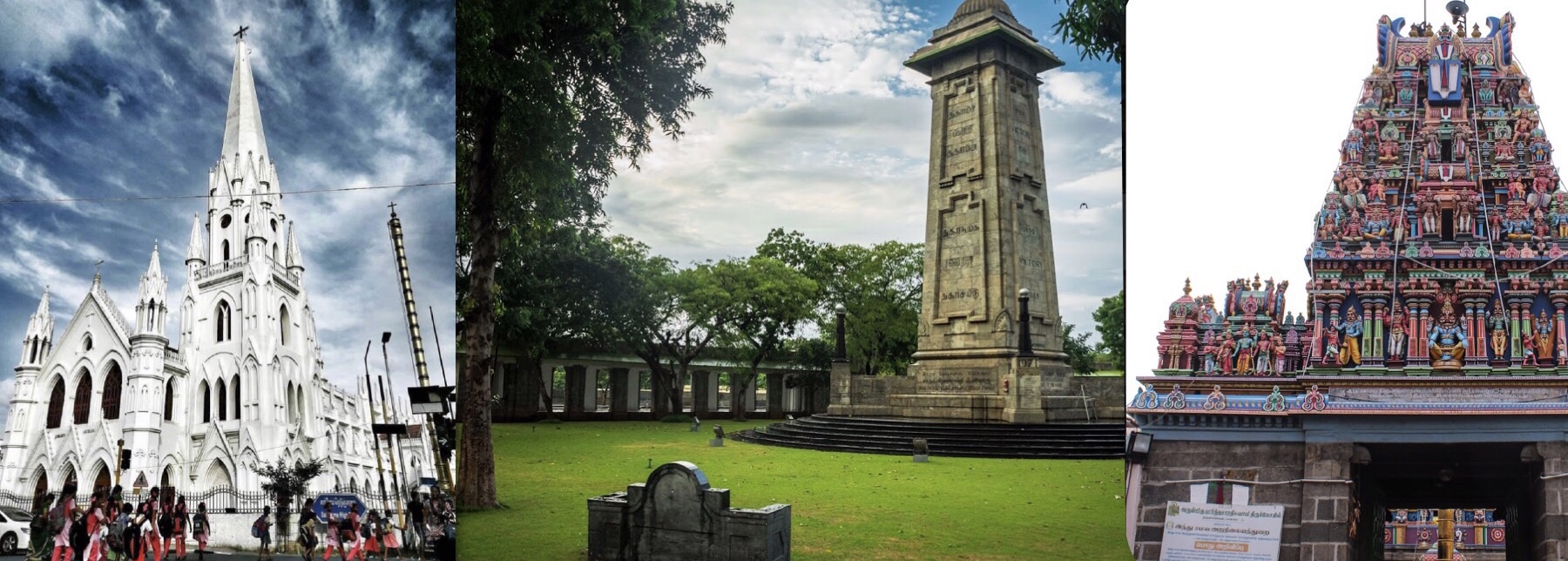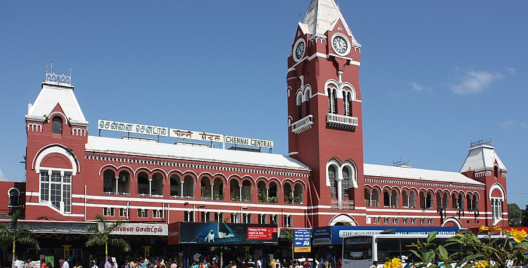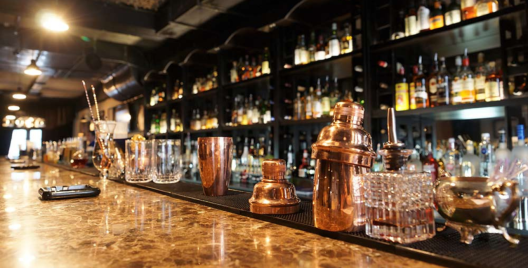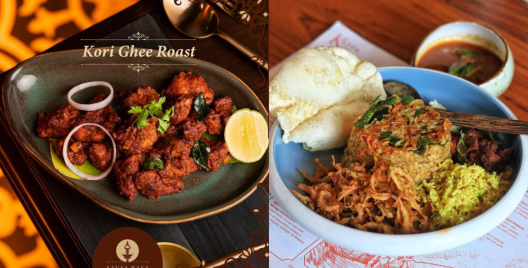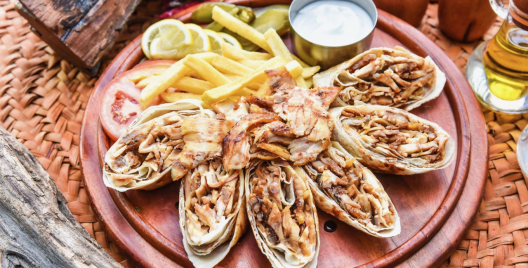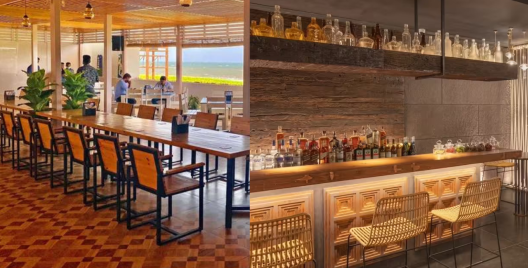Santhome
We start our exploration as early as 6 A.M. expecting relatively free roads and a palpable quiet, but the people of Santhome are already up. Even so, all the bustling sounds of morning traffic fade once you enter the serenity of the St. Thomas Cathedral Basilica, more famously known as the Santhome church. Built on top of its eponymous apostle’s final resting place, this is a stunning piece of architecture steeped in religious history. Built in Neo-gothic style, with big windows and naturally lit interiors, the Portuguese style is very apparent throughout.
Pitched roofs for sunshades, porticos, green-rusted windows with grills, streets named after some of the most famous English merchants – all stand testament to Santhome’s multiple influences over the years and the place is still redolent of it. Although most of these historic structures have been pulled down in the past few decades, the streets of Santhome still give away hints of its former rulers and their ethnicities.
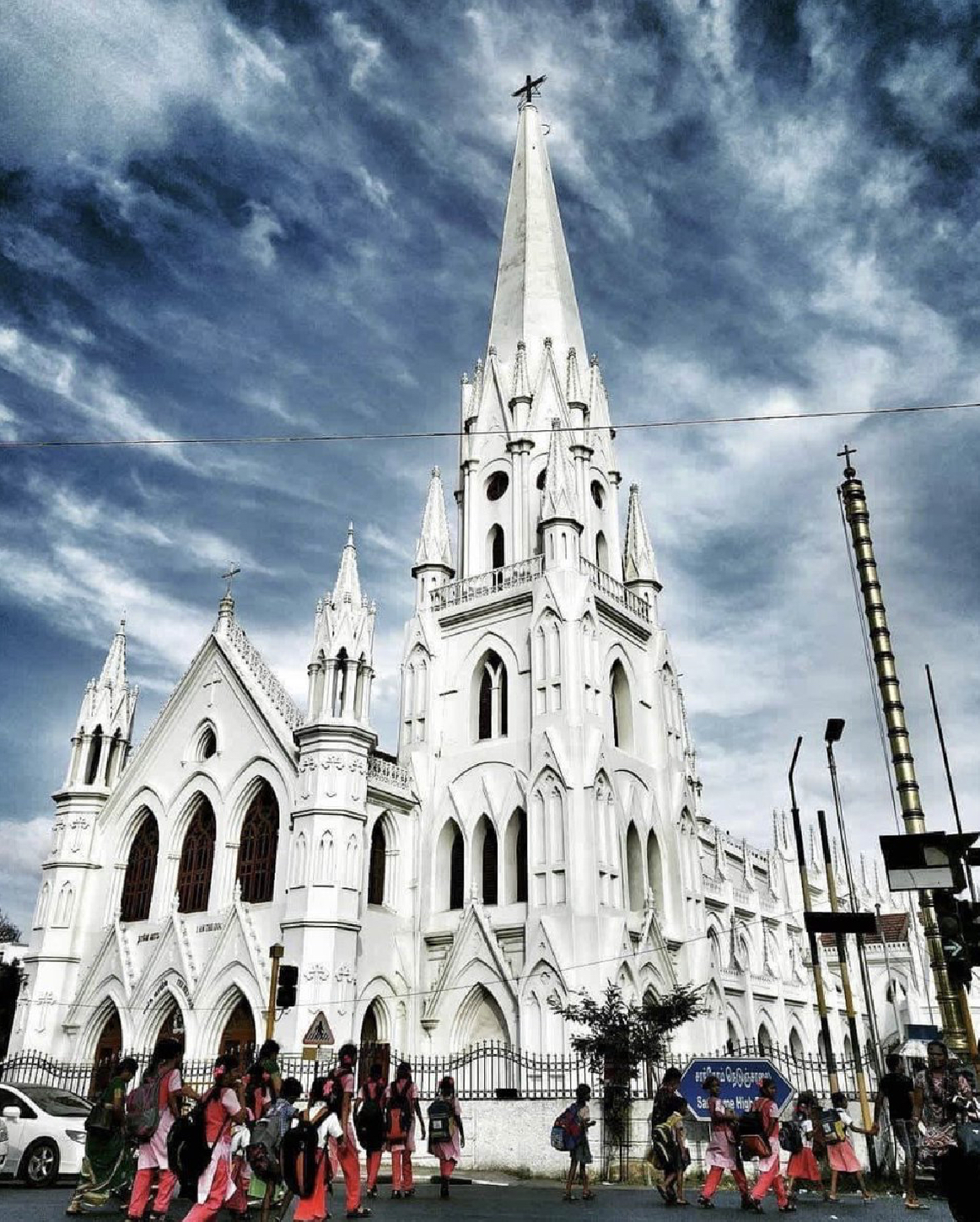
Some of the must-visits in these streets are the garden houses found along the Nimmo street that once belonged to the Mestizos. CSI St. Thomas English Church, home to the second oldest manual pipe organ, is quite the opposite of the Santhome church but is something that is to be celebrated in all its minimalistic glory. And finally the Leith Castle, what is today divided into three streets was once home to one of the most famous merchants of the city, Thomas Parry. Over the years this stupendous monument has been fragmented into smaller housing structures around the actual castle.
Mint Street
What was once the coin-minting facility of The East India Company is today a confluence of different ethnicities. Evocative of that, the city’s longest street has an array of shops that cater authentic Rajasthani cuisine. And to no one’s surprise, entire morning and evening walks are dedicated to simply exploring the culinary treats that the place has to offer. From the infamous Kakda Ramprasad to the smaller chaat shops, all the eateries line up to tempt palates.
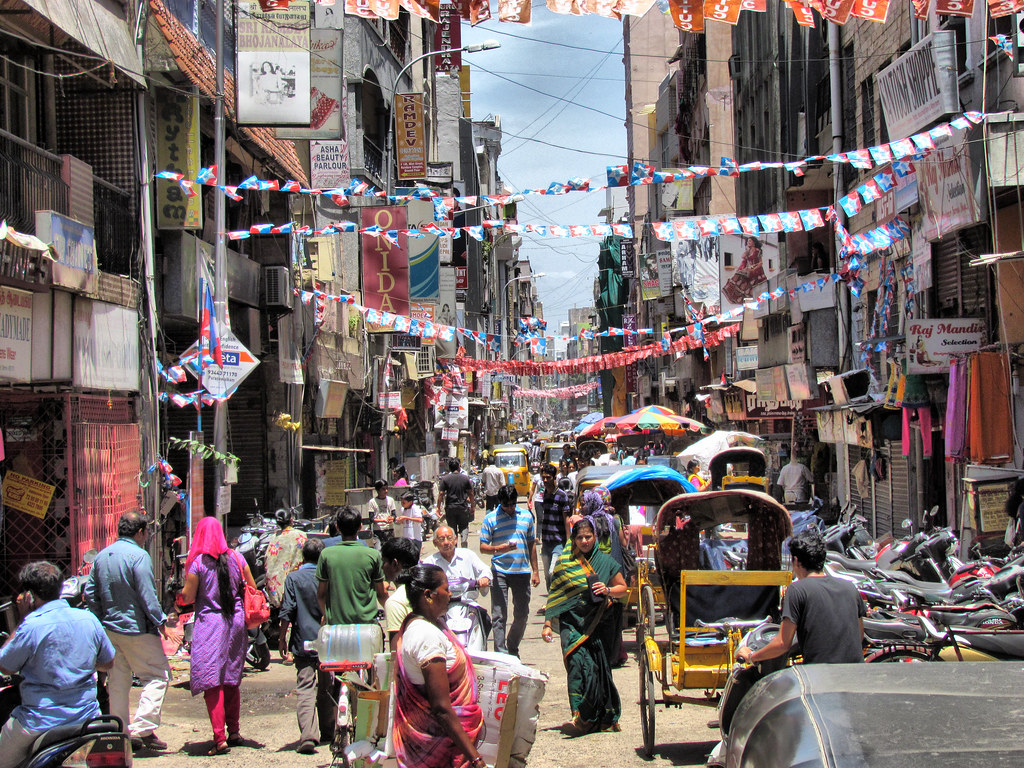
Although food takes centre stage, there are more layers to this place than meets the eye. It has a rather interesting association with cinema and music: India’s first Tamil talkie ‘Kalidasa’ was released in Murugan Theatre in these very streets and Thondaimandalam Thruva Vellalar School that looks like a ramshackle of a structure today hosted the city’s first-ever ticketed Carnatic concert.
Triplicane
Characteristic of its Agraharam houses and early morning chants, Triplicane or Tiruvallikeni as it was known in the Puranic age is one of the most ancient villages of old Madras. The name itself denotes the lotus pond in front of a temple, and is now a metonym to the Parthasarthy Temple. During temple festivities, a sight to see was the temple chariots being pulled around a maze of narrow lanes and alleys and women of the Agraharam houses coming out just in time to sprinkle water; the men of the houses helped pull the chariot. This way the place and its people built a sense of unanimity and concord.
Even today, you can find people living in these old Agraharam style houses. The word refers to a garland of houses characterised by courtyards that are set in their middle. These courtyards did not just serve an aesthetic purpose, they would orient the house to the temple from where you could see the Gopuram and it also helped with the constant ventilation and natural light. Talk about meticulous planning!
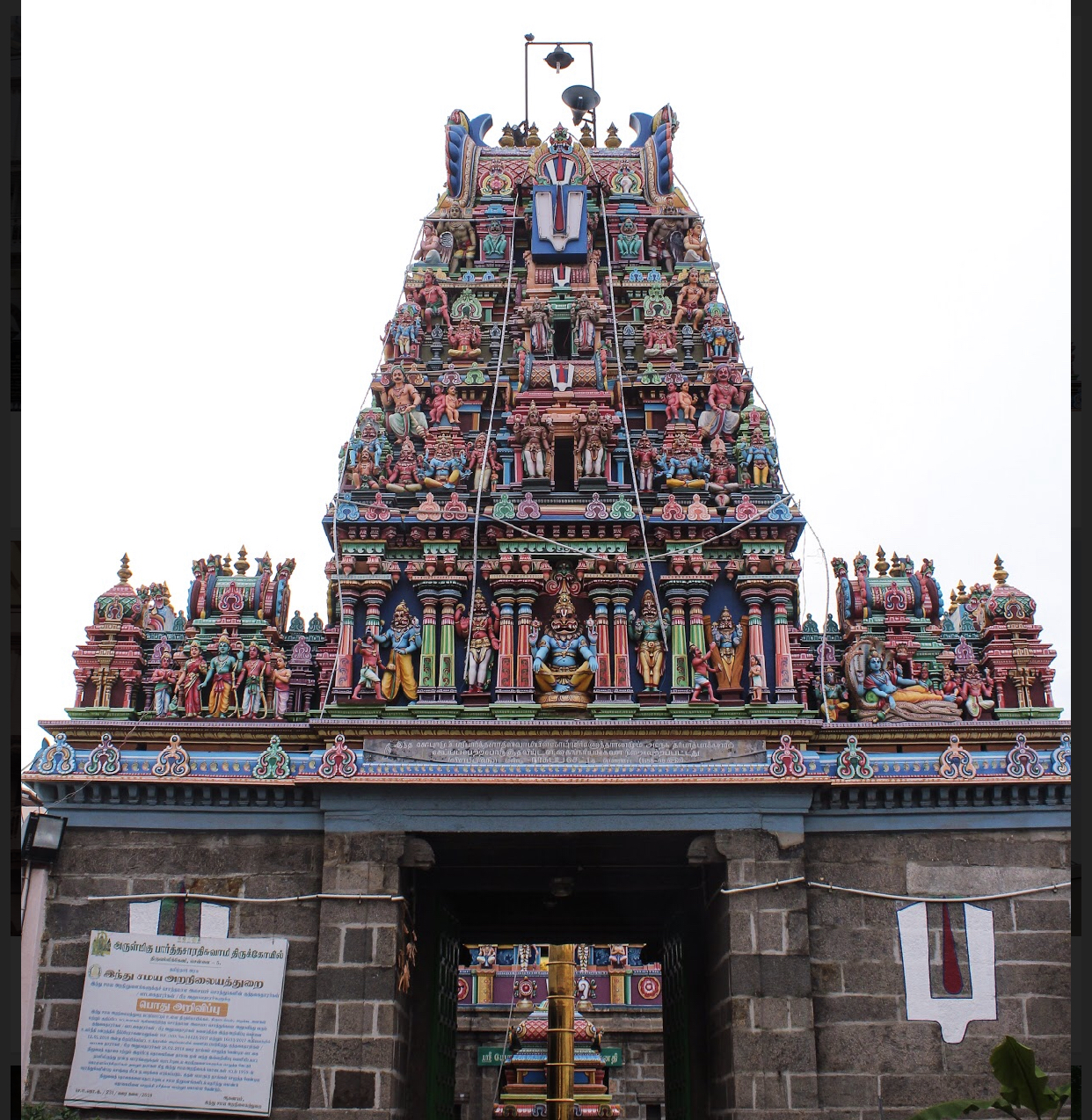
Sharing its compound with the Parthasarathy Temple, 24/47, Thulasinga Perumal Kovil Street was home to perhaps one of the greatest Tamil poets to have ever lived. The house of Maha Kavi Bharati resonates with the stories told about him and some of the freedom fighters who set foot in the house. What was once a structure that was falling apart has today been converted into a memorial. Though the house has seen periodic modifications, there is no denying the effort that has gone into preserving some of the basic structures of the projecting balconies, the archways and wooden carved pillars that have remained the same throughout. Albeit a place characterised by its thinnais and courtyards, different layers have gone into making this place what it is today.
Pondy Bazaar
Blaring horns, blinding lights and people flocking around with shopping bags wherever you see – there is no more fitting way to describe Pondy bazaar. What one would describe as a street shopper’s nirvana is home to some of the most diverse range of shops, leaving virtually nothing you cannot find here. Albeit a shopping paradise, there is no less history to this place as there is to the others on this list.
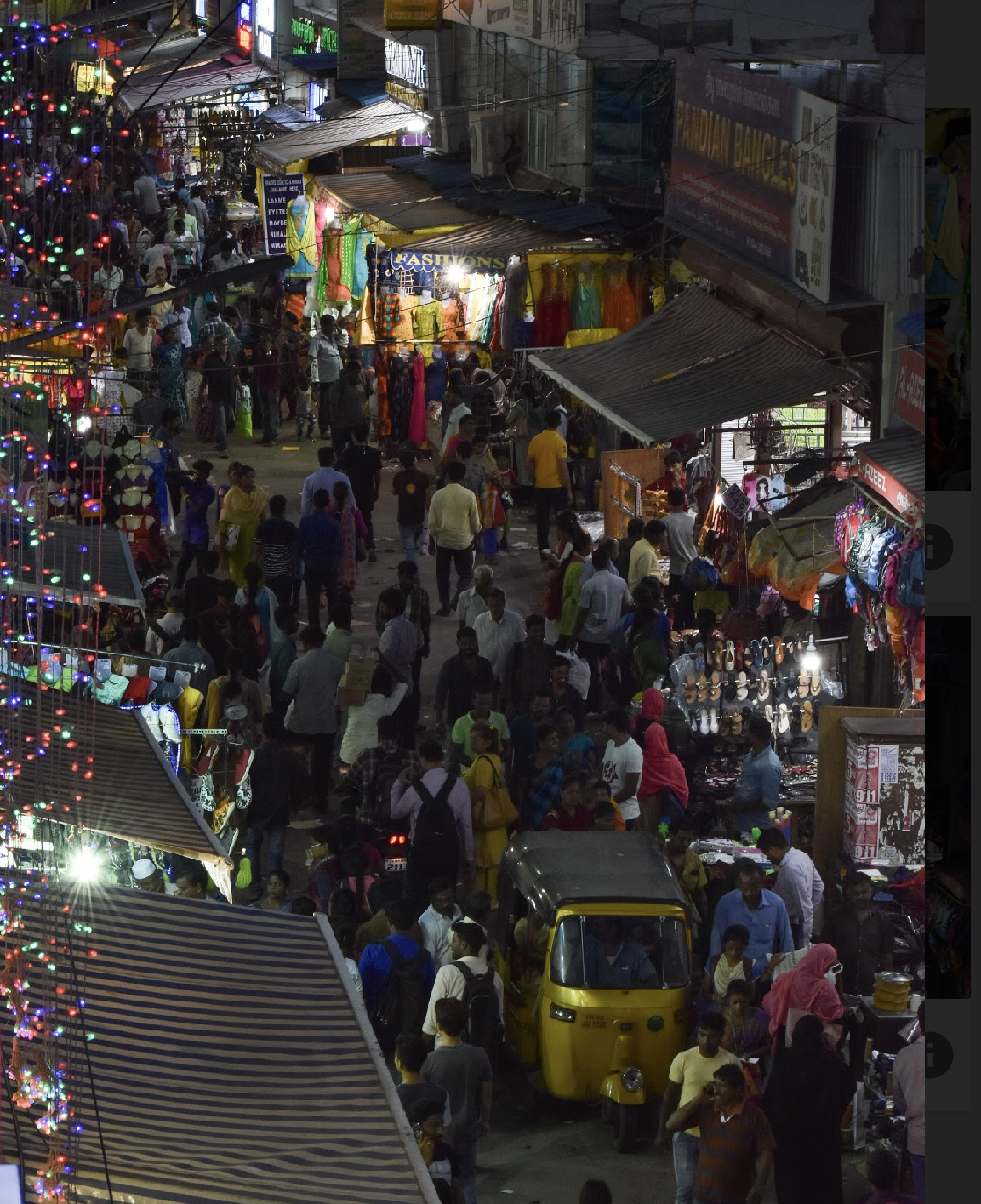
What was once a residential area with just three shops – Kumbakonam Vessel Store, Kalyan Stores and Lifco Books Shop is today home to a mammoth belt of shops. As a matter of fact, most of the roads in T.Nagar were named after leaders of the Justice Party. Even to date, you can find bungalows built in art-deco style that sing the valour of these freedom fighters. Gone are the days when people from various parts of Madras Presidency would gather everyday for 7.15 radio news broadcasted in the public radio at Panagal Park.
Beach Road
Spanning from the Coovum River in the north to the light house in the south, what’s reckoned to be the second longest beach in the world is just 12kms of uninterrupted golden sand, historic structures and foamy sea. Although the beach remains the main tourist attraction, one cannot help but stand in awe when when faced with the Indo-Saracenic masterpieces.
Perhaps one of the greatest attractions of the Indo-Saracenic style is the freedom that it offered to elements of design through its all-embracing approach. The juxtaposition of these elements is apparent in the structures like the Senate House, Presidency College and the PWD building.
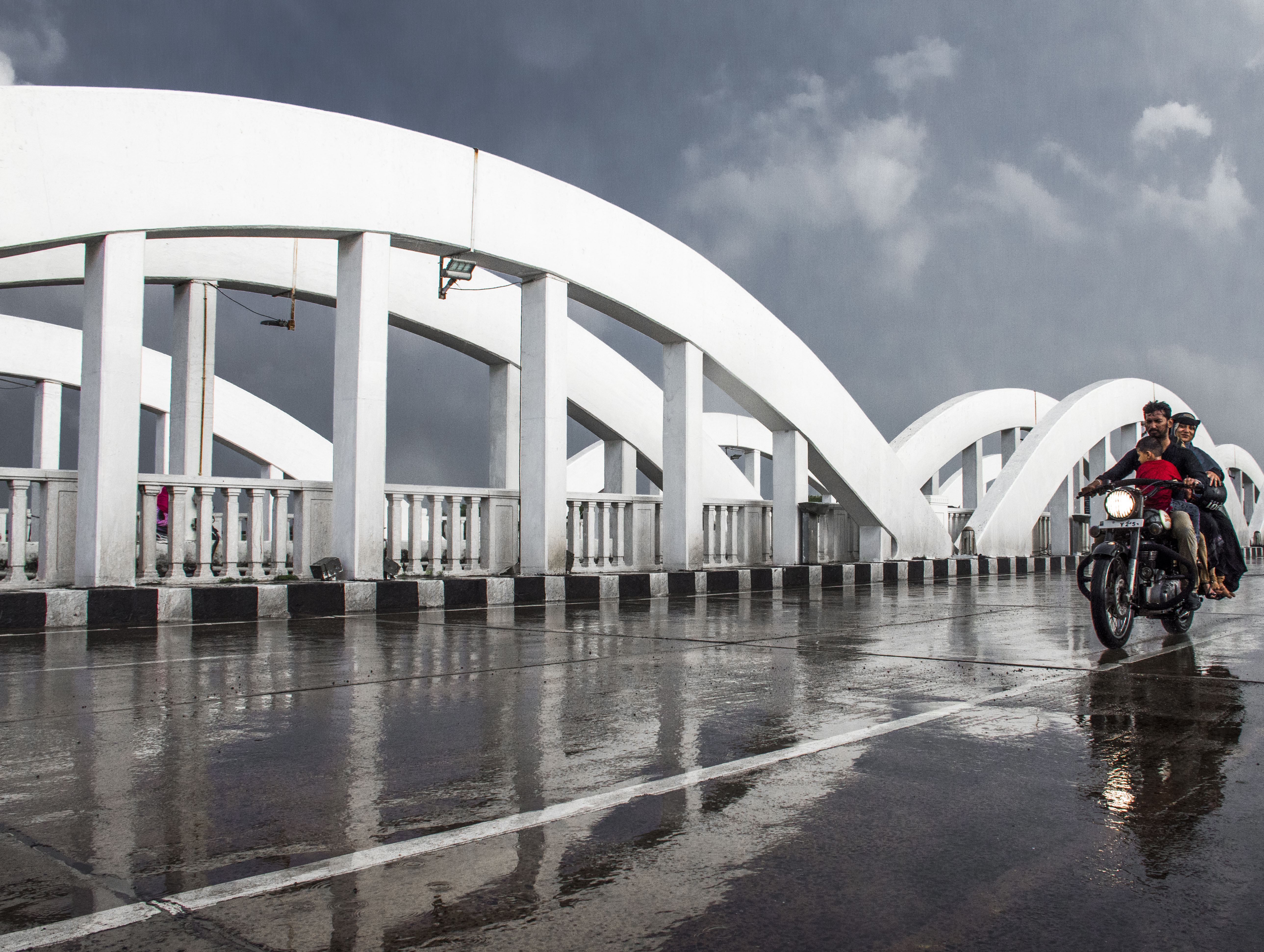
The Chepauk Palace is said to be the first Indo-Saracenic building in India. It was in this palace, that the architectural style was pioneered, later culminated by other architects in New Delhi. Similarly, The Senate House completed in 1878, has a beautiful amalgamation of eclectic architectural styles. It is the ultimate manifestation of the Byzantine Architecture which draws inspiration from Istanbul and Constantinople. The Presidency College created a revolution of sorts by making use of classical renaissance form of architecture.
Ritchie Street
Man and machine fight for space in this cramped maze of a road. Set right in the heart of the city, Ritchie street offers everything electronic one can think of. Chennai’s biggest and India’s second biggest, this place is known for its latest gadgets, in black or white (well, in all possible colours) but what it’s also known for is the bumping and jostling.
What started off as a radio market and slowly transitioned into an unorganised hub now houses thousands of shops specialising in electronics. With DVDs and CDs stacked anywhere you look and streets overflowing with college students and working professionals albeit an uncomfortable one, it is quite the sight to see.
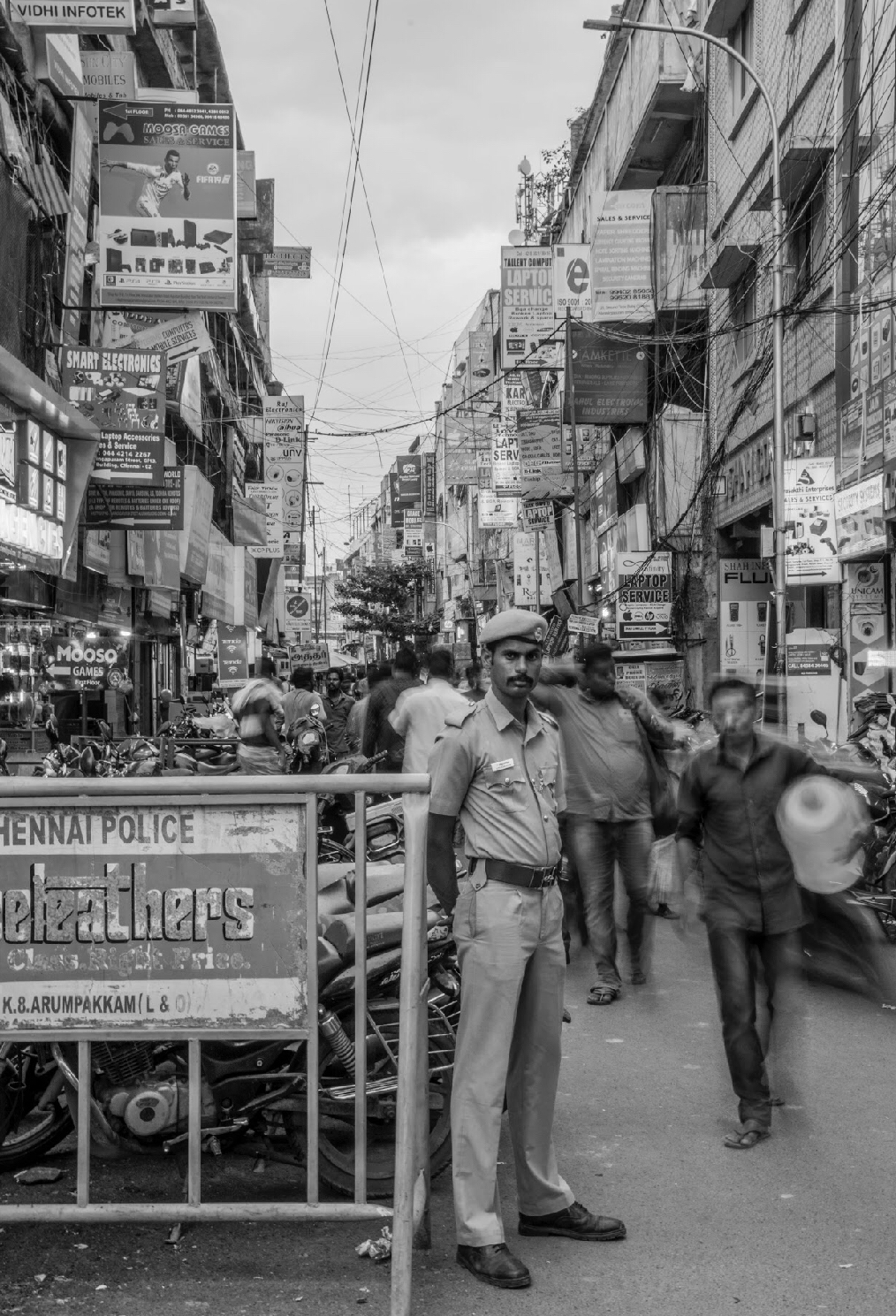
What never seizes to amuse is the sheer amount of detail that has gone into every one of these places and how every detail has a story to tell. With heritage walks by initiatives like Madras Inherited, it’s hard to miss these minimalistic yet striking features of this culturally diverse city.




